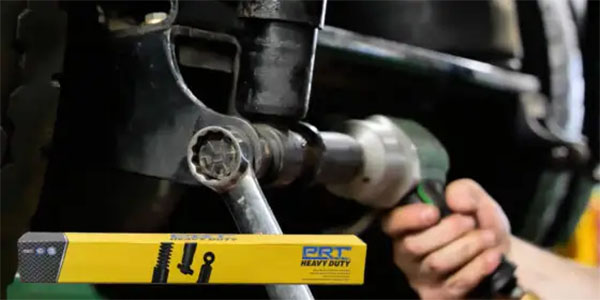CC:
Automotive cooling systems are complex and composed of several components working together to regulate engine temperature. And let’s be frank – customers expect everything to work flawlessly. Here’s what you should know to clarify questions you’re asked at the service counter.
The primary function of a cooling system is to dissipate excess heat generated by the engine during combustion. This heat, if not properly managed, can cause overheating, leading to engine damage and potential breakdowns.
When the engine runs, it generates an immense amount of heat. The cooling system works by circulating a coolant, typically a mixture of water and antifreeze, through the engine and radiator. As the coolant passes through the engine, it absorbs the heat produced by combustion. It then travels to the radiator, where the heat is dissipated into the surrounding air.
Coolant, also known as antifreeze, is a vital component of the cooling system. Its primary role is to absorb heat from the engine and transfer it to the radiator where it can be dissipated. In addition to its heat-transfer properties, coolant also provides protection against freezing in cold temperatures and prevents corrosion within the cooling system.
In addition to coolant/antifreeze, the main elements of a cooling system include the radiator, water pump, thermostat and hoses. The radiator acts as the heat exchanger, while the water pump circulates the coolant through the system. The thermostat regulates the flow of coolant, ensuring the engine reaches its optimal operating temperature. Hoses are responsible for carrying the coolant to and from the engine and radiator.
Modern vehicles often feature additional components such as cooling fans and expansion tanks. Cooling fans are used to enhance the dissipation of heat when the vehicle is stationary or operating under heavy loads. Expansion tanks allow for the expansion and contraction of the coolant as it heats up and cools down, ensuring a constant supply of coolant to the engine.
The cooling system plays a vital role in the overall functionality and longevity of a vehicle. By dissipating excess heat, it ensures the engine operates at an optimal temperature, improving performance, fuel efficiency, and reducing emissions.
Regular maintenance of the cooling system is essential to prevent overheating, corrosion and other issues that can lead to costly repairs. Regular inspection and service of the cooling system, including flushing and replacing the coolant as needed, checking hoses and monitoring coolant levels, drivers can ensure their vehicles run smoothly and reliably.
For more information on parts, products and procedures, visit TheGroupTrainingAcademy.com
Thanks for watching.













